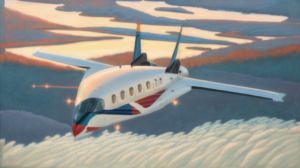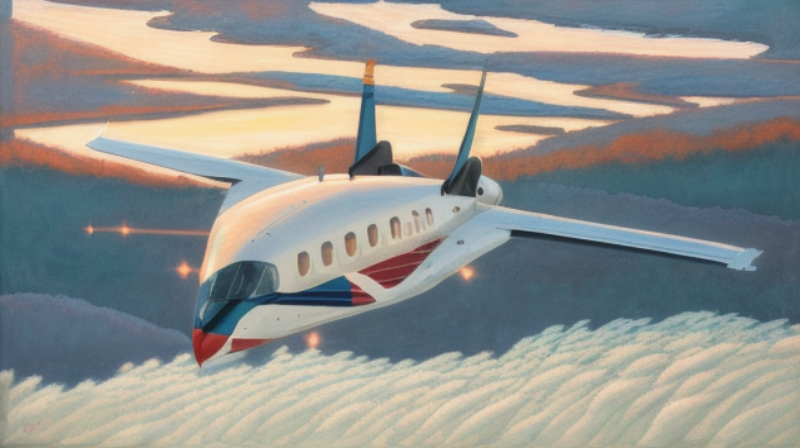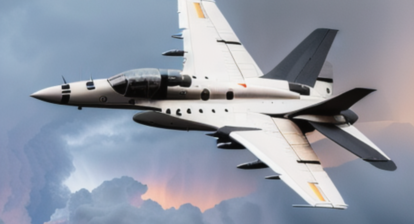The Rise of Autonomous Flight in Civil Aviation

In a bold revelation, Boeing CEO Dave Calhoun recently unveiled a tantalizing glimpse into the future of aviation: autonomous passenger planes. While he acknowledged that realizing this vision will require time, trust, and a robust certification process, the aviation industry is already abuzz with anticipation. The concept of pilotless planes, once confined to the realms of science fiction as seen in the classic TV series “The Jetsons,” is now on the cusp of becoming a reality.
The Autonomous Flight Revolution: A Brief History
The dream of unmanned flight dates back decades. However, recent advancements in technology, including artificial intelligence, advanced sensors, and electric propulsion, have paved the way for autonomous flight in civil aviation. Visionaries from both the aerospace and tech sectors have joined forces to bring this dream to fruition.
Key Developments and Technological Marvels
Leading the charge is the innovative partnership between Boeing and Wisk, a company dedicated to developing electric Vertical TakeOff & Landing (eVTOL) aircraft. These autonomous wonders promise to revolutionize urban transportation and short-distance travel. With advanced flight control systems, comprehensive obstacle detection, and intricate route planning, these eVTOLs are poised to navigate the skies with unprecedented precision.
On the Horizon: A Transformative Decade
Aviation experts and analysts alike predict that autonomous passenger planes could be ferrying travelers to their destinations within the next decade. As technology matures and public confidence grows, pilotless flight will undergo rigorous testing and certification processes to ensure the highest levels of safety. The Federal Aviation Administration (FAA) is already gearing up for this transformative shift.
Cultural Impact: From Fiction to Reality
The concept of autonomous flight has long captured the imagination of storytellers. TV series like “The Jetsons” depicted a futuristic world where flying cars effortlessly zipped through the sky. This portrayal, once seen as pure fantasy, is now converging with reality, ushering in an era of autonomous flight that could reshape urban landscapes and travel norms.
Financial Prospects and Industry Trends
While exact cost projections vary, experts believe that the eventual integration of autonomous flight could significantly reduce operational expenses for airlines. Savings in pilot training, crew accommodations, and related expenses could translate into more competitive ticket prices for passengers. As the technology evolves and gains wider acceptance, these potential financial benefits will play a pivotal role in shaping the aviation landscape.
The Pioneers and the Road Ahead
Behind every monumental leap in technology stand visionary individuals and companies. The partnership between Boeing and Wisk is a testament to the spirit of innovation driving the aviation industry. Other aerospace giants and tech startups are also actively exploring autonomous flight solutions, underscoring the collaborative nature of this transformative journey.
 As the world inches closer to the era of autonomous flight, it’s essential to remember that this journey is about more than just technology—it’s about reshaping how we perceive and experience air travel. The fusion of cutting-edge innovation, regulatory diligence, and a deep commitment to safety will guide us into this new era of aviation.
As the world inches closer to the era of autonomous flight, it’s essential to remember that this journey is about more than just technology—it’s about reshaping how we perceive and experience air travel. The fusion of cutting-edge innovation, regulatory diligence, and a deep commitment to safety will guide us into this new era of aviation.
By Vicente Jubes – Aviation Network Group
For further reading and references, please visit: Wikipedia – Autonomous Flight
Remember to visit our magazine section: Aviation Network Magazine
Connect with us on LinkedIn: Aviation Network LinkedIn Group






